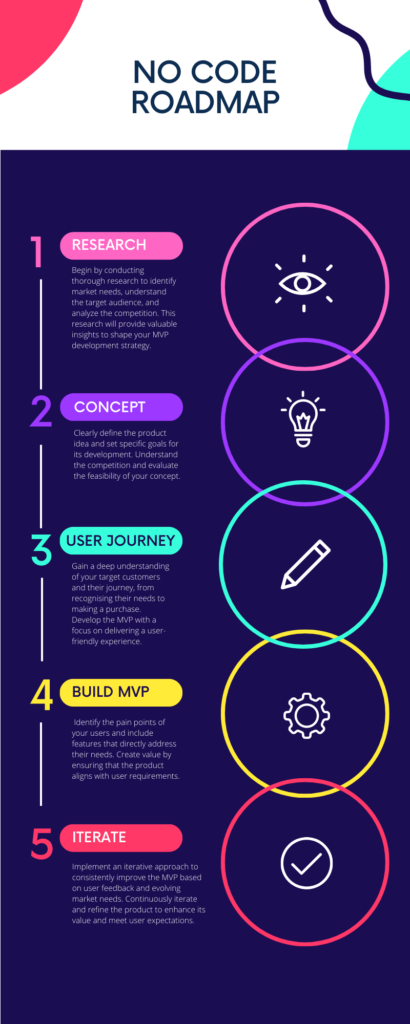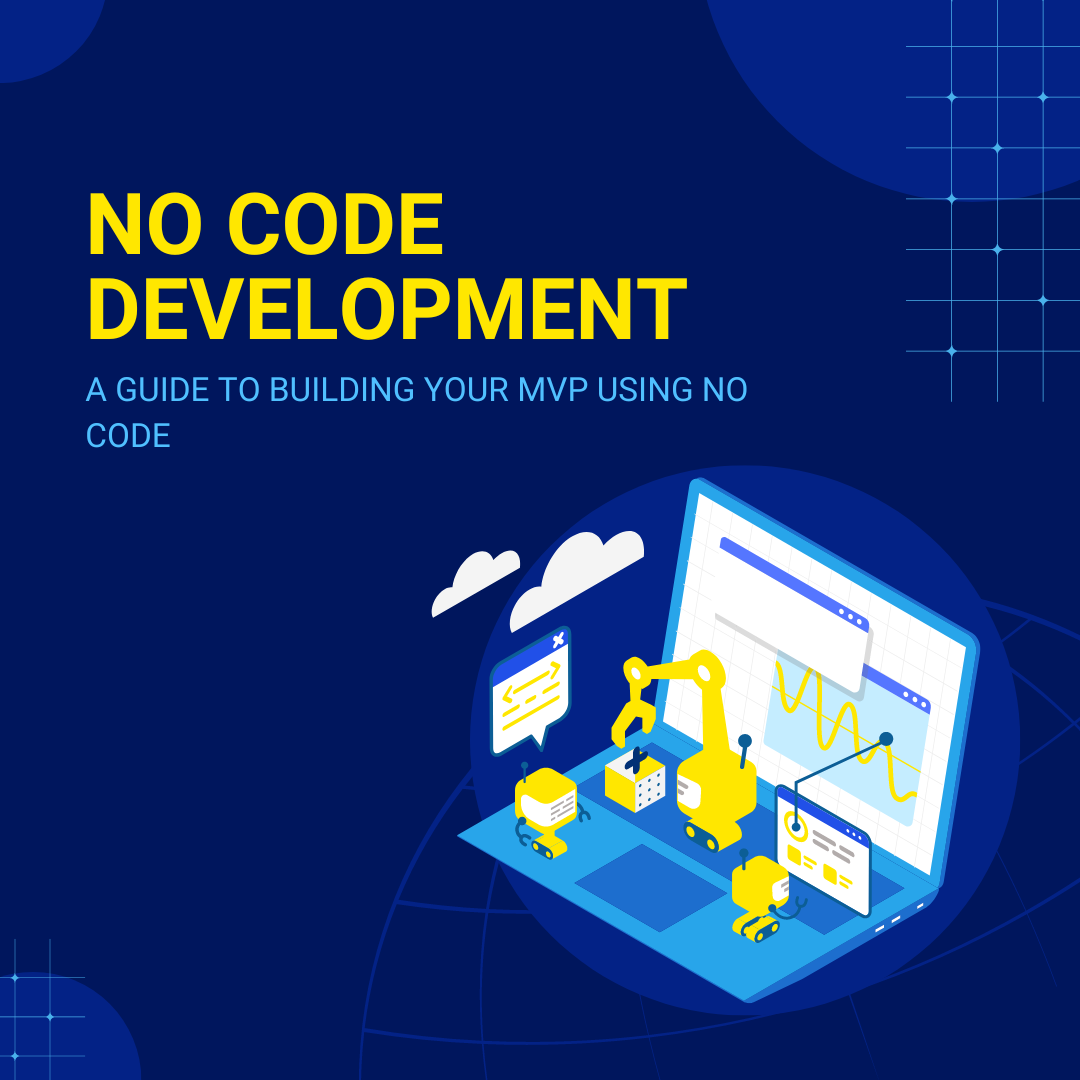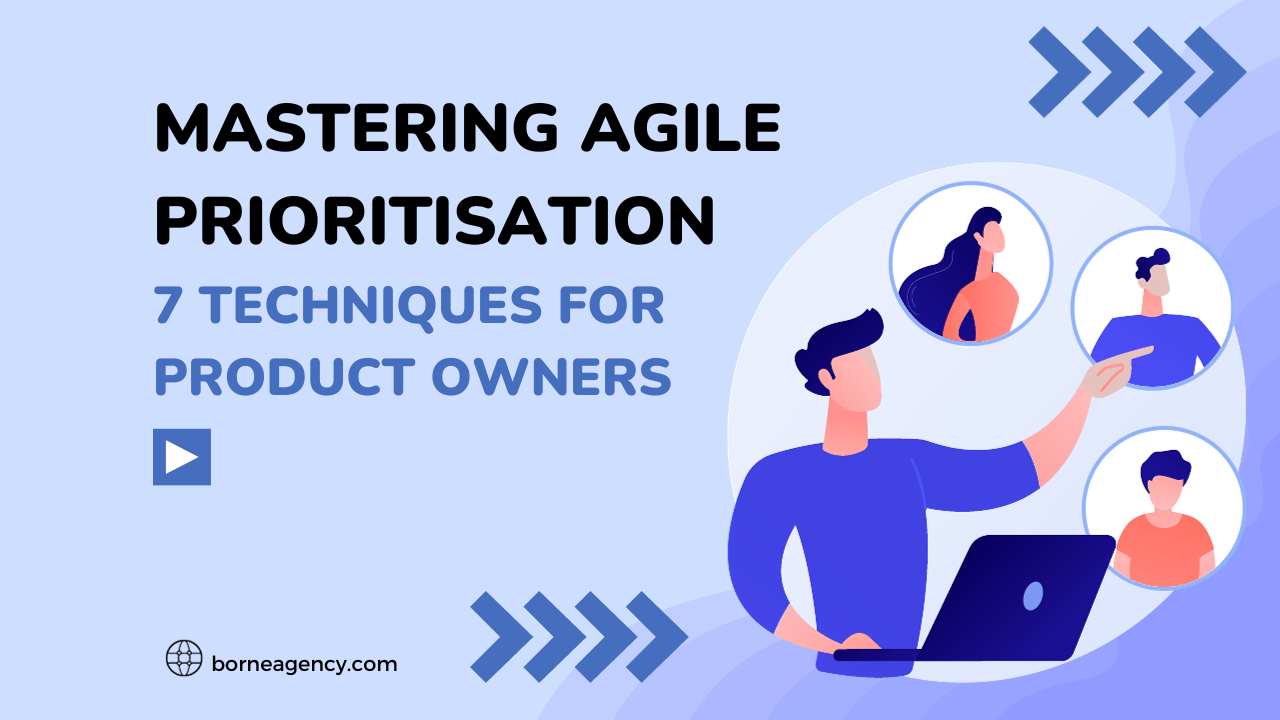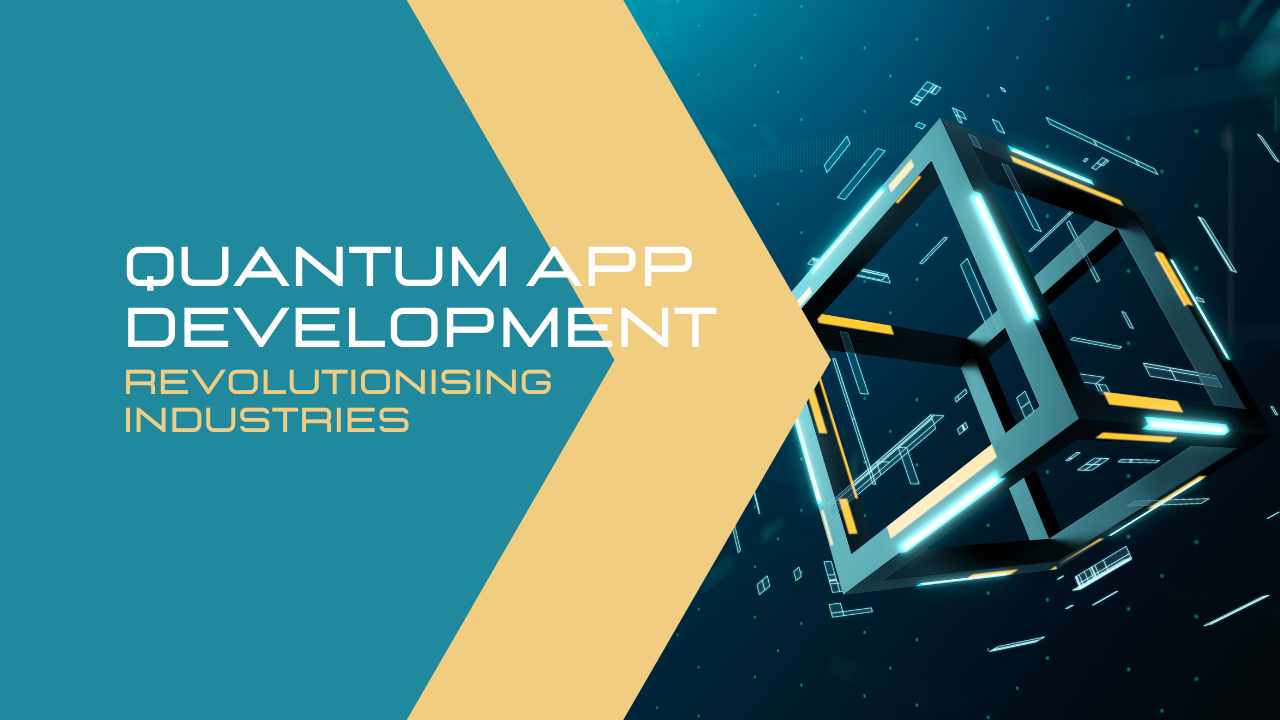Jul 04 - 3min readGuide to Building a No-Code MVPBy Launchbase
Guide to Building a No-Code MVP
Developing a minimal viable product (MVP) is crucial for validating your startup idea. If successful, you can proceed with its development; otherwise, you can refine your concept. No-code MVPs offer an effective way to enhance product development and increase your chances of success.
What is an MVP?
An MVP is a basic version of your product that allows you to understand your audience and assess the product’s value and feasibility. It serves as a way to gauge user interest and gather insights for investing in a full-fledged solution.
Understanding No-Code MVP
No-code MVPs enable business owners without coding knowledge to kickstart product development without relying on engineers or developers. These tools help gain insights into end-users, their preferences, and refine the concept, accelerating the launch process without dealing with complex coding.
MVP Development Cycle
To release a successful MVP, follow these four stages:
Conceptualize the Product: Define your product idea, goals, and assess the competition to determine feasibility.
Map the User’s Journey: Understand your customers and their needs, and design an MVP that caters to their requirements.
Launch with Defined Features: Prioritize features that solve user problems and provide value.
Tweak to Match Feedback: Incorporate user feedback and iterate on the product to improve its effectiveness.
Detailed Guide to Build No-Code MVP: Step-by-Step Approach
Comprehensive Research: Identify problems, analyze existing solutions, and define your target audience.
Prioritize Features: Choose essential features that align with your MVP goals, avoiding unnecessary complexities.
Ascertain Success Metrics: Measure user engagement, net promoter score, total downloads, and customer lifetime to evaluate the success of your MVP.
Define the Blueprint: Plan for the final product by setting goals, outlining tasks, and detailing how features will address pain points.
Benefits of No-Code Approach:
– Minimal investment and effort to create an MVP.
– Faster feedback and iterations based on user interaction.
– Easy to launch new versions by incorporating user feedback.
– No need for coding expertise, saving time and cost.

Limitations of No-Code Approach:
– Continuous need for user feedback.
– Quick iterations and changes based on user requirements.
– Not suitable for large-scale projects or enterprise-grade solutions.
Mistakes to Avoid When Building a No-Code MVP
– Overcomplicating the MVP: Keep your MVP simple and focused on solving a specific problem. Avoid adding unnecessary features that can delay the launch and confuse users.
– Neglecting User Feedback: User feedback is vital for refining your MVP. Actively seek feedback, listen to your users, and make necessary improvements based on their insights.
– Ignoring Market Research: Conduct thorough market research to understand your target audience, their preferences, and the competitive landscape. Failing to do so can result in building a product that does not meet market needs.
– Underestimating the Importance of Design: While coding is not required for a no-code MVP, design plays a crucial role in user experience. Invest time in creating an intuitive and visually appealing interface.
– Lack of Promotion: Launching an MVP is not enough; you need to promote it effectively to reach your target audience. Utilize social media, content marketing, and other channels to generate awareness and gather initial users.
– Inadequate Analytics and Tracking: Implement analytics tools to track user behavior, engagement, and other key metrics. This data will help you make informed decisions and iterate on your MVP.
– Focusing Solely on Development: Building an MVP is not just about development; it’s about validating your business idea. Allocate time and resources for marketing, customer acquisition, and gathering feedback.
– Disregarding Scalability: While a no-code MVP is a quick and cost-effective solution, consider its scalability potential. Ensure that your chosen no-code platform can accommodate future growth and development.
– Neglecting a Clear Value Proposition: Clearly communicate the value your product offers to users. Your MVP should address a specific pain point and provide a compelling reason for users to adopt it.
– Rushing the Launch: Take the time to thoroughly test your MVP before launching it. Address any critical bugs or usability issues to ensure a smooth user experience.
Conclusion
Building a no-code MVP empowers entrepreneurs to validate their ideas quickly and efficiently. By leveraging no-code tools, you can focus on understanding your audience, gathering feedback, and refining your product concept. Remember to keep your MVP simple, prioritize user feedback, and iterate based on insights gained. With a well-executed no-code MVP, you can increase your chances of building a successful and scalable product.
Get in touch with the team at Launchbase to help bring your MVP to life



